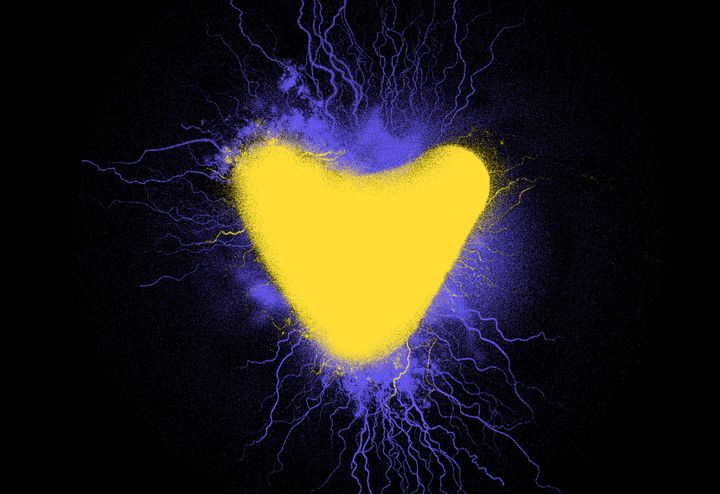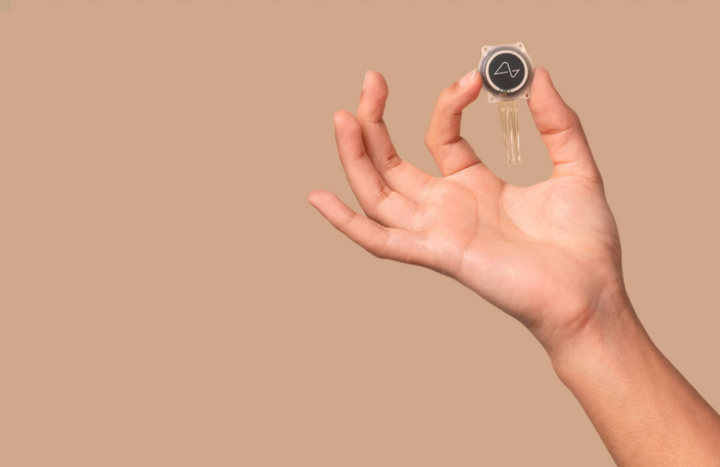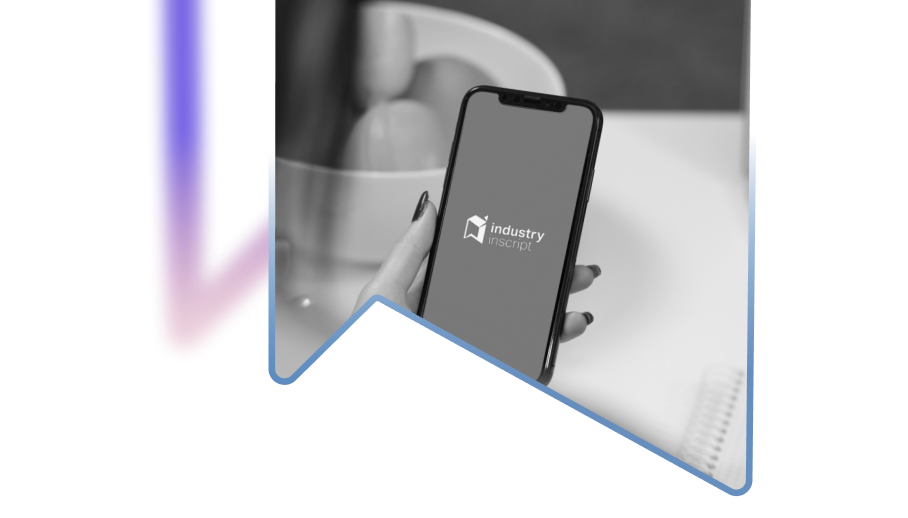Medtech Advancements: Bionic Hand Breakthrough Allows Precise Finger Control Like Never Before
12 July, 2023: A team of multidisciplinary surgeons and engineers, led by Professor Max Ortiz Catalan, an expert in bionics and neural prosthetics, and Professor of Bionics at Chalmers University of Technology in Sweden, have achieved a groundbreaking milestone by creating a novel bionic hand, granting individuals with arm amputations the remarkable ability to effortlessly manipulate each finger as if it were an integral part of their own body.
Prosthetic limbs are commonly used to replace lost extremities, but their control and reliability pose significant challenges, often offering only limited movements. To address this, bionic hands have been designed to be controlled by remnant muscles in the residual limb. These muscles allow patients to contract them voluntarily, generating electrical signals that instruct the prosthetic hand to perform actions like opening or closing.
However, for individuals with higher amputation levels, like above the elbow, the scarcity of remaining muscles becomes a major obstacle in achieving full arm and hand functionality through prosthetics. To overcome this issue, a team of surgeons and engineers has taken a multidisciplinary approach. They have reconfigured the residual limb and integrated sensors and a skeletal implant to establish electrical and mechanical connections with the prosthesis.
The bionic prosthesis can now access a lot of information by carefully dissecting peripheral nerves and rerouting them to new muscle targets, which act as biological amplifiers. As a result, users gain the ability to command numerous robotic joints at will, significantly enhancing the functionality and control of the bionic hand.
The official press release of the Chalmers University of Technology reads, "In this article, we show that rewiring nerves to different muscle targets in a distributed and concurrent manner is not only possible but also conducive to improved prosthetic control. A key feature of our work is that we have the possibility to clinically implement more refined surgical procedures and embed sensors in the neuromuscular constructs at the time of the surgery, which we then connect to the electronic system of the prosthesis via an osseointegrated interface. A.I. algorithms take care of the rest."
This technological leap marks a turning point in the field of prosthetics. The fusion of medical expertise and cutting-edge engineering has opened up a new era of possibilities for those in need of prosthetic solutions, offering a glimpse of a more inclusive and empowering future for amputees worldwide. As these innovations continue to evolve, it is clear that the journey towards restoring the full range of human abilities remains an exciting and promising frontier for science and humanity.




 Industry Inscript is a subsidiary of Valiant and Company Ltd.
Industry Inscript is a subsidiary of Valiant and Company Ltd.
Comments ()